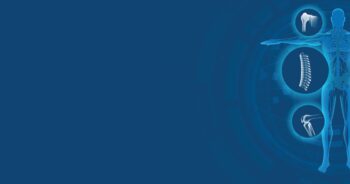
Poor Posture & its Effects on the Body
Posture is defined as “the relative position of the body at any one period of time”. Correct posture or neutral posture is a position in which minimal stress is applied to the body’s muscles, tissues, joints, and ligaments, providing the most energy efficient movement.
The central nervous system (CNS) begins to make musculoskeletal adaptations to the postures and movements performed most often. These muscular imbalances cause some muscles to be in a constant state of contraction while other, opposing muscles remain weak and overstretched, which leads to pain. To better understand how the CNS controls our movements, do this quick experiment. Cross your arms or clasp your hands together and see which is on top. Now do that a couple times and you will find that it is the same hand or finger on top each time. We are creatures of habit. Now do the same things again, but purposefully make sure the other hand or finger is on top this time. How does it feel? It might feel awkward or maybe even uncomfortable. This is what happens when you try to correct your poor posture to achieve better posture. You simply aren’t used to good posture, but you can improve it. In addition to creating new muscle patterns with poor posture, the body’s fascia system also adapts.
Fascia is tough connective tissue that supports and lubricates every muscle and organ in the human body. However, if poor posture, trauma, or inflammation is involved, the fascia will bind down and create more fascia in response to stress or demand. When fascia binds down, extra pressure is also being placed on nerves, blood vessels, bones, and organs.10, 11 For instance, a right hand dominant person will have more fascia over the central and right side of the sternum or breastbone. This means the chest area of a right-handed person may be tighter or more contracted, possibly causing rounded shoulders if poor posture is evident. In addition to creating stress on the fascia system, poor posture can also lead to stress on the ligaments and joint capsules. Ligaments and joint capsules are formed by collagen bonds, which begin to breakdown with a 5% elongation and fail at 7% elongation, causing chronic deformation.
The most common examples of poor posture seen in computer workers are a forward head, rounded shoulders, and slouched spine. Therefore, when one is sitting in this awkward posture, it is common to see tightening of the fascia and muscles of iliopsoas, pectineus, occipitals, pectoralis, trapezius, sternocleidomastoid, levator scapularis, adductors, and piriformis. Eye strain, difficulty breathing, poor circulation, and headaches are also a result of poor posture.
By Erin M. Friend, PT, DPT, CEAS


